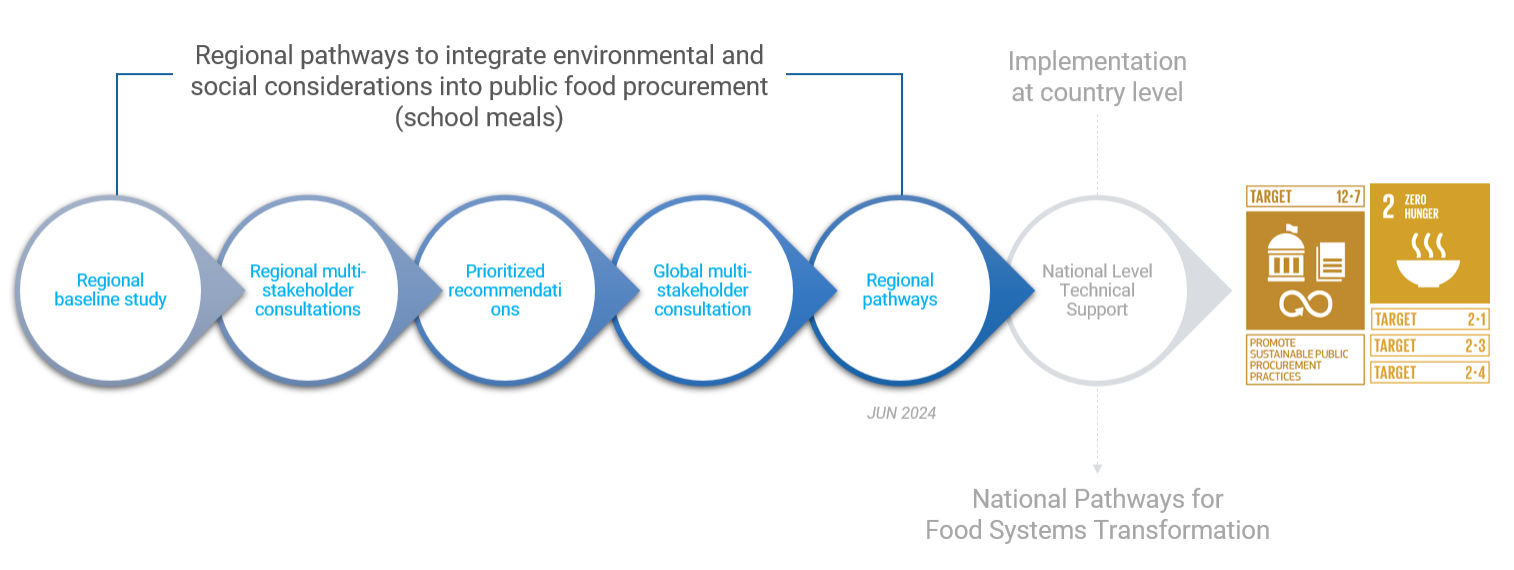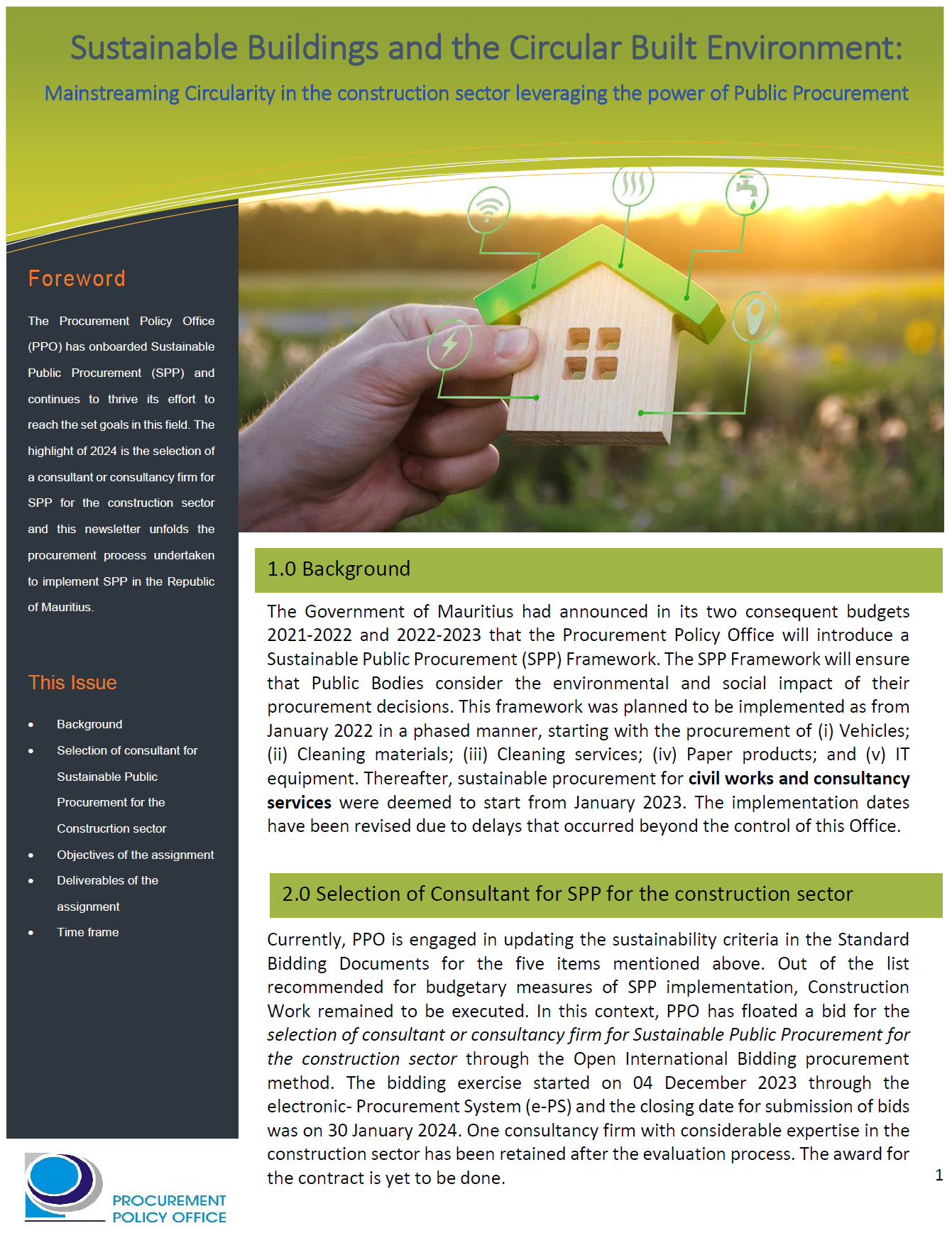Global Action Programme (GAP) on Education for Sustainable Development (ESD)
The Global Action Programme (GAP) on ESD, the follow- up programme to the Decade of ESD (2005-2014), seeks to generate and scale-up ESD and to accelerate progress towards sustainable development.
The GAP focuses on generating and scaling up action, around five priority action areas. These are to advance policy, transform learning and training environments, build the capacities of educators and trainers, empower and mobilize youth and accelerate sustainable solutions at a local level.
The Global Action Programme (GAP) on Education for Sustainable Development (ESD) contributes to achieving the vision put forward by the UN Decade of ESD: “a world where everybody has the opportunity to benefit from education and learn the values, behaviour and lifestyles required for a sustainable future and for positive societal transformation”.
The overarching goal of the GAP is “to generate and scale up action in all levels and areas of education and learning to accelerate progress towards sustainable development”.
The GAP deploys a two-fold approach to multiply and to scale up ESD action:
1.integrating sustainable development into education; and
2.integrating education into sustainable development.
Corresponding to this overall approach, the Programme has two objectives.
Objective 1 “to reorient education and learning so that everyone has the opportunity to acquire the knowledge, skills, values and attitudes that empower them to contribute to sustainable development”
Objective 2 “to strengthen education and learning in all agendas, programmes and activities that promote sustainable development”
Implementation of the Global Action Programme (GAP) on Education for Sustainable Development (ESD) is outlined in a detailed Roadmap. The GAP has four main implementation strategies:
- Building New Momentum: Through an open call for Launch Commitments, all stakeholders are invited to make initial voluntary commitments to implement activities for the GAP.
- Harnessing Partnerships: Stakeholders with extensive outreach and political influence, or Key Partners, are invited to join Partner Networks. Each Priority Action Area forms a Partner Network. The Key Partners coordinate with UNESCO to spearhead implementation of activities, using their technical expertise, outreach capacity or financial resources.
- Fostering a Global Community of Practice: A Global Forum gives stakeholders the chance to meet regularly and exchange ideas, experience and information. The Forum serves as an important platform for debate on emerging issues, trends and ideas on ESD as well as for launching advocacy efforts on ESD.
- Showcasing Good Practice: Innovative and effective initiatives, practices, approaches, and processes that support implementation of the GAP are identified, given visibility and shared widely for scaling up. The UNESCO-Japan Prize for ESD, to award the best of these good practices, was created in partnership with the Government of Japan. A network of around 90 GAP Key Partners, which includes governments, civil society organizations, stakeholders from the private sector, and academia, are working in five interconnected Priority Action Areas: advancing policy, transforming learning environments, building capacity in education, empowering youth, and accelerating sustainable solutions at the local level to advance the implementation of the programme.
To enable strategic focus and foster stakeholder commitment, the five priority action areas to advance the ESD agenda are.
1. Policy support: Integrate Education for Sustainable Development (ESD) into international and national policies in education and sustainable development.
Activities: Organize a series of dialogues between policy-makers, civil-society organizations and practitioners from the fields of education and sustainable development with a view to revising existing policies in fields relevant to ESD.
2. Whole-institution approaches: Promote whole-institution approaches to ESD at all levels and in all settings of education.
Activities: Support a number of schools to help them implement a sustainable school action plan, which consists of: reorientation of teaching content and methodology, green campus facilities, cooperation with sustainable development stakeholders in the community. This can be done together with existing national or international networks, such as the UNESCO Associated Schools Project Network.
3. Educators: Strengthen the capacity of educators, trainers and other change agents to become learning facilitators for ESD.
Activities: Support a number of teacher education institutions financially and/or through expertise to help them integrate sustainable development as a cross-cutting theme. Integrate sustainable development into the staff training activities of a private company.
4. Youth: Support youth in their role as change agents for sustainable development through ESD.
Activities: Develop and roll-out e-learning materials for sustainable development geared at young people. Organize youth workshops on biodiversity in UNESCO Biosphere Reserves.
5. Local communities: Accelerate the search for sustainable development solutions at the local level through ESD.
Activities: Organize joint training sessions for local government staff, the business sector, NGOs, and individual citizens at the local level on, for example, making transportation in the community more sustainable. In 2014, GAP Key Partners made commitments in five Priority Action Areas, each measured by two indicators. Key partners were expected to reach 40% of their target for each indicator by the end of 2016. According to the data collected as part of the mid-term monitoring report, partners exceeded their planned activities by 20% in most areas. In some areas, targets have been exceeded by 40% or more, particularly for partners working directly with schools, engaging teachers and trainers, as well as civil society organizations.
Key Partners report that their participation in the GAP has generated new momentum for collaboration and synergies to advance ESD across all sectors. An estimated 63% of Key Partners are working across Priority Action Areas to leverage the expertise of other networks. This has led to strong results; however, fundraising remains a barrier to scaling up joint work.
The mid-term review shows that GAP Key Partners have worked diligently to advance ESD globally. Their efforts cover at least two-thirds of countries. Collectively, Key Partners have engaged with more than six million learners, educators and other education stakeholders as well as thousands of institutions. They are on track to achieve their targets for 2019. Potential partners have three possibilities to support the Global Action Programme:
1. UNESCO joint project: develop and support a joint project with UNESCO in one of the five priority action areas of the Global Action Programme.
2. Self-organized project: develop and support, alone or together with other partners, a project in one of the five priority action areas of the Global Action Programme.
3. Support to the secretariat: provide support to UNESCO for its role to coordinate the Global Action Programme, provide news items for the GAP Clearinghouse and report on ESD implementation through regular reports.
External source(s)
Image

UNESCO
Project start date
01/01/2015
Project end date
31/12/2019

